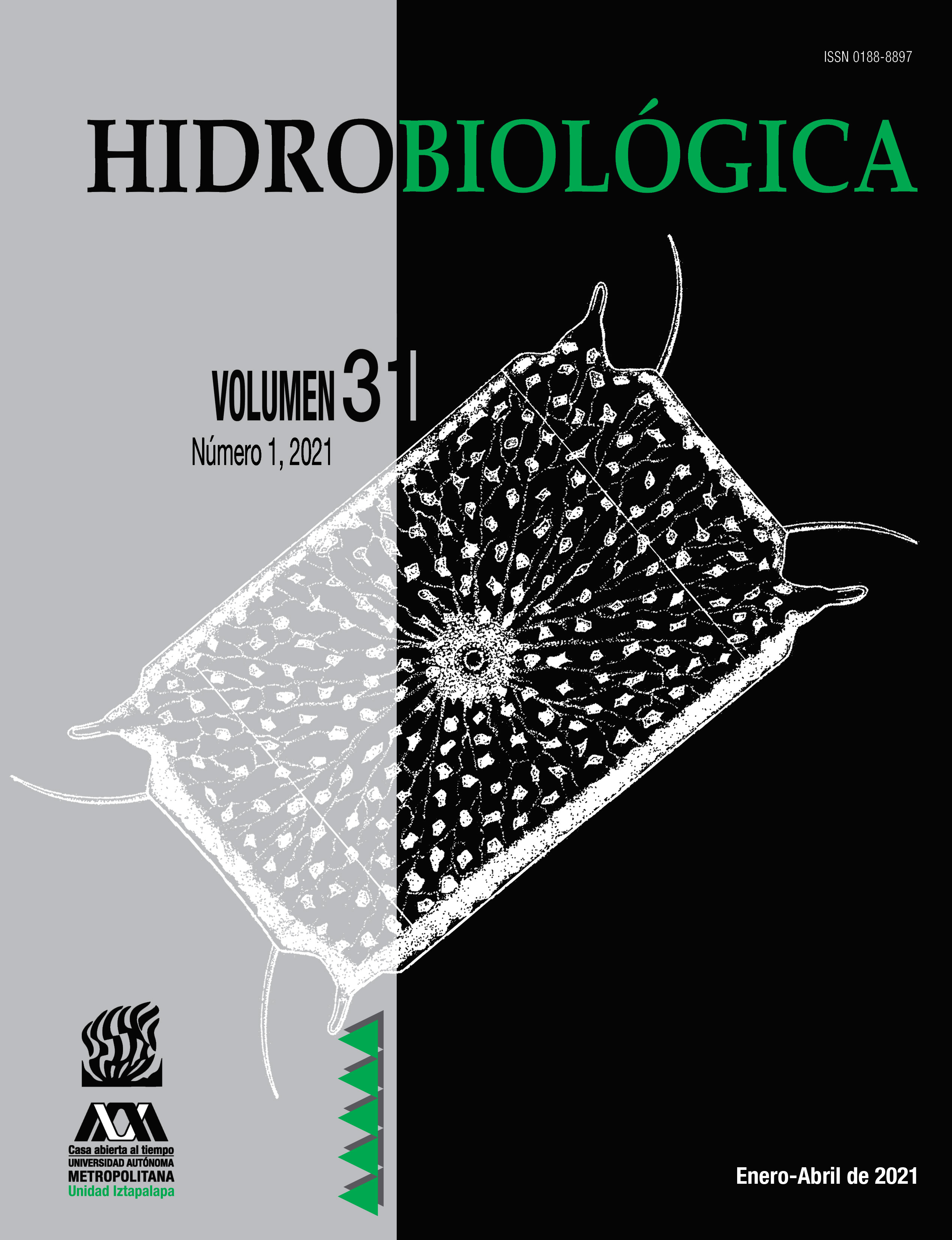Change of groundwater manifestations and characteristics of associated ecosystems in the Mexican semi-arid region
DOI:
https://doi.org/10.24275/uam/izt/dcbs/hidro/2021v31n1/OrozcoKeywords:
Groundwater, hydrogeology, springs, flow systems, conservation proposals, San Miguel de AllendeAbstract
Background. The city of San Miguel de Allende, Guanajuato, was founded in the semi-arid of Mexico in which historically there were numerous springs in the lower part of the La Laja Upper Basin. Its history has led to an excessive extraction of water from the aquifer to meet different needs at the time. Goals. Understand the evolution of the manifestations of groundwater in the Area of Hydrological Influence of the city of San Miguel de Allende (AIHCSMA, in spanish) and in particular the permanence of some springs that allow to identify pro- posals of management towards the conservation of the vegetation and the biodiversity, to recover the water operation in different scales of time. Methods.It was madea delimitation of the area of influence was elabo- rated with hydrological bases (AIH), hydrogeological, history, mapping and characterization of the ecosystems associated to these manifestations. Results. The hydrogeological environment is composed of volcanic rocks in the upper parts of the sub-basin, as well as by poorly consolidated sediments and alluvial fans in the middle and lower parts. 23 springs and three swamps were located and characterized; currently two springs and one swamp have completely dried and two marshes have diminished their historical flow. In the AIH there are 504 wells, of which 61 hm3/year are extracted. The main water pathways are fractured rocks and the granular medium. Conclusions. The location of the springs and swamps is related to geological contact zones between different tectonic structures, they present diverse characteristics that indicate local flows and one of intermediate type; the decrease or loss of flow is associated with the opening of nearby wells. Management proposals are proposed towards the conservation of ve- getation and biodiversity in the sub-basin to recover water performance at different time scales.
Downloads
Downloads
Published
How to Cite
Issue
Section
License
Los autores/as que publiquen en esta revista aceptan las siguientes condiciones:
De acuerdo con la legislación de derechos de autor, HIDROBIOLÓGICA reconoce y respeta el derecho moral de los autores, así como la titularidad del derecho patrimonial, el cual será cedido a la revista para su difusión en acceso abierto.
Publicar en la revista HIDROBIOLÓGICA tiene un costo de recuperación de $500 pesos mexicanos por página en blanco y negro (aproximadamente 29 dólares americanos) y $1000 pesos por página a color (aproximadamente 58 dólares americanos).
Todos los textos publicados por HIDROBIOLÓGICA sin excepción se distribuyen amparados bajo la licencia Creative Commons 4.0Atribución-No Comercial (CC BY-NC 4.0 Internacional), que permite a terceros utilizar lo publicado siempre que mencionen la autoría del trabajo y a la primera publicación en esta revista.
Los autores/as pueden realizar otros acuerdos contractuales independientes y adicionales para la distribución no exclusiva de la versión del artículo publicado en HIDROBIOLÓGICA (por ejemplo incluirlo en un repositorio institucional o publicarlo en un libro) siempre que indiquen claramente que el trabajo se publicó por primera vez en HIDROBIOLÓGICA.
Para todo lo anterior, el o los autor(es) deben remitir el formato de Carta-Cesión de la Propiedad de los Derechos de la primera publicación debidamente requisitado y firmado por el autor(es). Este formato se puede enviar por correo electrónico en archivo pdf al correo: enlacerebvistahidrobiológica@gmail.com; rehb@xanum.uam.mx (Carta-Cesión de Propiedad de Derechos de Autor).
Esta obra está bajo una licencia de Creative Commons Reconocimiento-No Comercial 4.0 Internacional.


